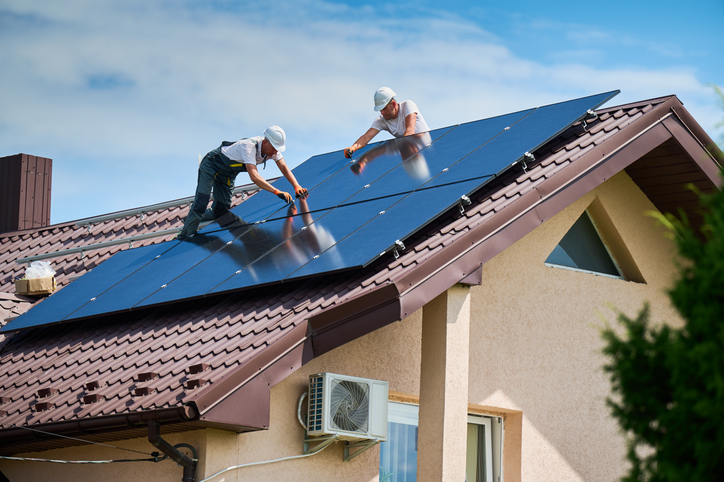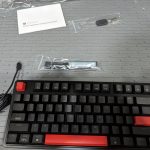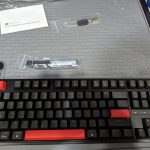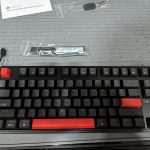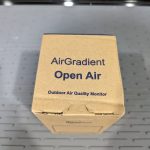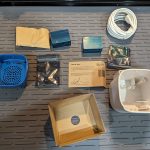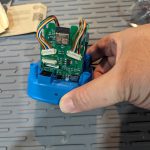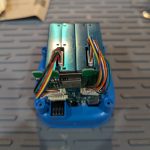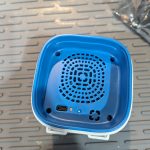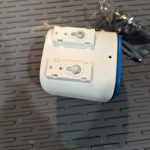Dual portable monitors are coming down in price, but so are portable USB-C/HDMI single monitors that have good quality, and fit in a bag. I calculated that a USB-C to barrel connector could power everything off a USB-C PD charger. A 60-65% keyboard, portable mouse, and even a second monitor if needed can complete something that fits in a bag.
I stopped using laptops at home ages ago…because staring down at one started to hurt my neck. I could dock my laptop, but I found I rarely used the screen and mostly had it in the dock, so why not save money on the screen and get a better processor?
Over the years, I’ve tried many combinations of mobile setups. Different small keyboards. Different portable monitors. Etc. I’ve already decided on my next experiment, and will be putting out some notes about how different configurations work out. This includes:
- Improved 60 or 65% keyboard options
- Different portable monitors
- Keeping the wiring simple.
- Converting mini-PCs to USB-C PD using adapters
- Travel micetrackballs
- Storage devices
Curious what others thinl.


